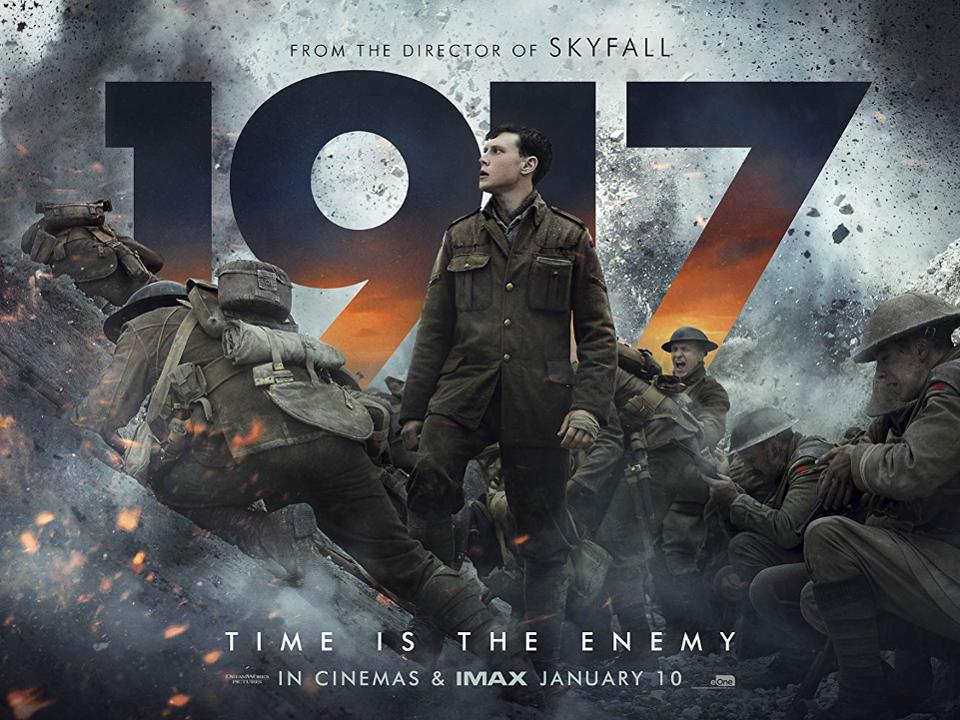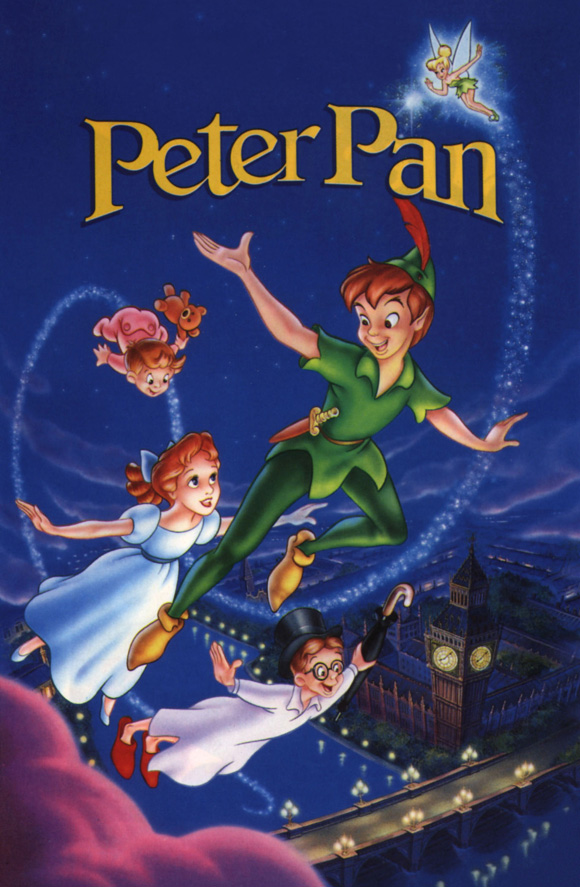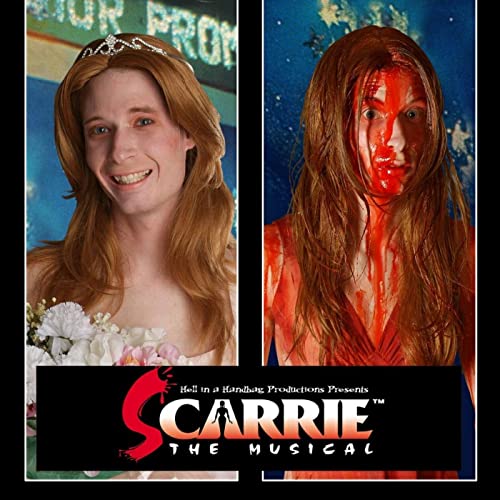I have to say, I’m a bit of a sucker for certain kinds of filmmaking gimmicks. Among these are things like found-footage films, but for me the king of them is probably the one-take. I’m always super impressed at films that try to have one-take scenes in them because of how incredibly hard they are to pull off. Some people don’t care for gimmicks like these, or sometimes don’t even notice them, but for me I really appreciate the craft it takes to pull them off, and when they’re done right they make for some really unique film experiences. I bring this up because 1917, while not actually being a one-take movie (I think something like this would be impossible for a movie of this scale), is at least crafted in a way to make it look like it’s all done in one-take. The result is fantastic.
It’s crazy that director Sam Mendes would even attempt this, because of the kind of movie that 1917 is. Basically, 1917 takes place during World War I, and centers around two main protagonists who are given a seemingly-impossible mission. They are tasked with going into enemy territory alone in order to send a message to another battalion to call off an attack that’s going to be happening the next day. Apparently, the enemy knows of the plans and has set a trap, so 1600 soldiers will be lost if the battle is not called off. And to make matters worse, among these men is one of our protagonist’s brother. You immediately feel the stakes with this straightforward plot, and constantly question what problem the two soldiers are going to run into next.
Like I said, I’m a sucker for this sort of thing, so I’m always going to be impressed if you attempt to make your movie as one-take as possible, but I’m incredibly impressed when it’s attempted for a movie of this scale. That’s not to say that it’s “easy” for other movies to pull off, but when you have this many locations, this many extras (especially towards the end, we begin to see many of the aforementioned 1600 men described), and just this many moving parts in general, it’s crazy to see it pulled off. The best compliment I can give to 1917, and the one that’s most indisputable in my mind, is that it’s a masterpiece of filmmaking craft. It takes a truly proficient director and crew to be able to pull something like this off, and the fact that it works as well as it does feels like nothing short of a miracle. The whole movie feels seamless, which is crazy when you realize that it’s really just a series of one-takes edited together to feel like one moving part. Sam Mendes hasn’t gone on-record about how many cuts are in the movie, but what he has said is that the longest sequence is 9 minutes long. There were a few points in the movie where I could see where they may have cut, but for the most part I have no idea how they made it all look like one-take, because it’s so well-put together.
Now, I understand that some people don’t care as much about these gimmicky filmmaking techniques like I do, so for the rest of you, what does this one-take style add to the actual movie? Well, 1917 just wouldn’t be as effective as it is without this style. Look, there’s plenty of war movies out there, and I don’t want to downplay how great some of them are at conveying tension and the hardships of war. But by having the audience follow these characters along in one single-take, it makes it so that we are with them literally every step of the journey. It makes you feel like you’re right there with them in a way that no other war movie (at least that I’ve seen) has been quite as good at making you feel. This really adds tension to a lot of the scenes of the movie too. There’s this overwhelming feeling of anxiety throughout the whole movie, and so sometimes you just want the movie to cut so that you can get some relief from the situation. But 1917 never affords you this luxury, and instead makes you feel trapped in these dire situations right along with the characters. It’s crazy how well 1917 achieves this feeling, but it’s one that I don’t think would have worked nearly as well without its filmmaking style.
There is a slight downside to this, but it’s very small. I think the unavoidable thing with having a one-take style is that it’s hard to keep momentum going throughout the whole movie. There are undoubtedly a few lulls in the excitement here. These moments of levity are not only acceptable, but usually welcome, in most movies, but you don’t really have this same luxury with this style, because you’re never cutting to a new scene. This style demands that the entire experience feel like nonstop excitement, and that’s just practically impossible to achieve. I do commend Sam Mendes for crafting a movie that feels like it’s about as good as it can be for what it is, but even he can’t prevent the movie from feeling like certain “scenes” (or segments, rather) can go on for a little too long.
Other than that, 1917 is simply incredible. I know I’ve already rambled on at length about how amazing the filmmaking is, but regardless of its one-take style, the movie just works on multiple levels. I felt like I immediately connected with the main characters, and their bond worked really well. There are just some really tense situations in the movie, and while the one-take style adds to many of these, they’re exciting enough even on their own. I have no idea how some of the special effects worked with the one-take style, so I also have to give an incredible shout-out to the effects and editing teams. This is a movie that just works really well. I especially recommend it to people that are a fan of the one-take gimmick, but even if you don’t care about that, the tension that the movie produces alone makes it worth seeing. I’m normally not a huge fan of war movies, but 1917 is something special.
4.5/5




Thanks – Enjoyed this article, is there any way I can receive an email sent to me whenever you write a fresh update?
hello there and thank you for your information – I’ve certainly picked up something new from proper here. I did alternatively expertise several technical issues the use of this web site, as I skilled to reload the site a lot of occasions prior to I may just get it to load correctly. I were puzzling over if your hosting is OK? Not that I’m complaining, but sluggish loading circumstances occasions will often affect your placement in google and can injury your high-quality ranking if advertising and ***********|advertising|advertising|advertising and *********** with Adwords. Anyway I’m including this RSS to my e-mail and could look out for a lot extra of your respective fascinating content. Make sure you update this once more soon..
Yo acababa de entrevistar a Ricardo Téllez, más conocido como Rodrigo Granda, uno de los jefes de la delegación de las FARC en las negociaciones con el gobierno de Colombia en La Habana. Lucero: Claro, nosotros siempre hemos tenido en nuestra política, siempre hacemos el llamamiento a los soldados para que no sigan prestando el servicio militar, sabemos que hay muchos de esos soldados prestando el servicio militar obligados. En Colombia se presta el servicio militar obligatorio, van a un barrio, a una parcela, vereda y cogen a los muchachos y los obligan a prestar el servicio militar, como en cualquier guerra de cualquier país.